Silents are Golden: Silent Superstars – The sparkling Marion Davies
One of the most famous actresses of the 1920s, Marion Davies is one of the few silent stars whose personal life has not only been inseparable from her career, but has tended to overshadow it in recent decades. But nowadays, as more and more of her films are being restored and made accessible, it’s clear that Davies was first and foremost a brilliant talent and certainly one of our most important breakthrough comedians.
Marion Cecilia Douras was born in Brooklyn on January 3, 1897, the youngest of five children, most of whom performed on stage in one way or another. With a stutter that persisted throughout her life, she attended and dropped out of public schools, eventually being educated at a convent in Hastings, New York. She and her sisters (her only brother Charles drowned when she was a baby) were encouraged to take ballet and tap dancing classes by their mother, Rose, who believed careers on the stage would bring them close to wealthy suitors. Her stage name was settled early on when her whole family adopted the name “Davies” after seeing it in an advertisement, believing it sounded less “foreign” than “Douras”.
Although very bright, Davies was bored with school and decided to drop out and pursue the more exciting life of a showgirl. She became part of a chorus line in the 1914 musical Chin Chin and soon made it into Broadway revues. Her stage work was complemented by modeling for illustrators such as Howard Chandler Christy, known for his World War I posters and his painterly “Christy Girls.” In 1916, nineteen-year-old Davies became part of the famous Ziegfeld Follieswhere she mainly did dance routines due to her stuttering.
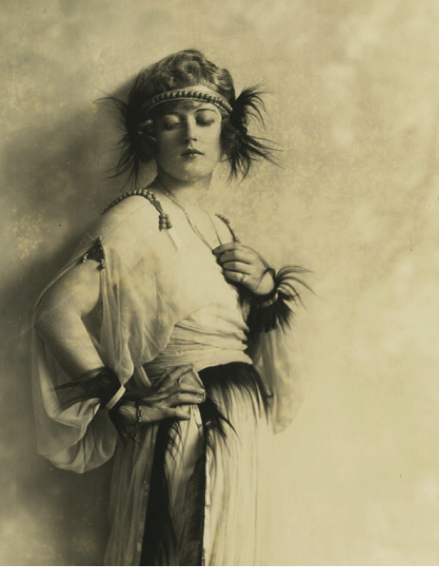
The beautiful blonde with the winning smile soon attracted “stage door Johnnies,” but the most persistent turned out to be William Randolph Hearst, the powerful newspaper magnate. She recalled that he had attended numerous follies Shows, always have a front row seat and send gifts of chocolate and jewelry. Hearst, who was in his fifties, was already married and had five sons with his wife, Millicent. Despite this, he continued to pursue Davies and she soon became his official mistress.
Shortly before dating Hearst, Davies had written and starred in the modest film Outlier Roma (1917), directed by her brother-in-law. Meanwhile, she made a name for herself as a performer and wanted to continue making films. In 1918, Hearst decided to direct her film career, forming the Cosmopolitan Production Company and giving it all the big budgets and unbridled publicity it could possibly need. While it seems certain that Davies would have found success in films on her own given her talent as well as show business connections, Hearst’s support was definitely a huge bonus.
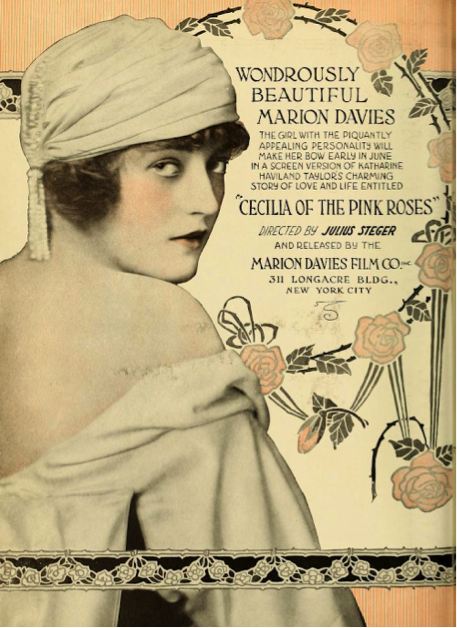
The first film under the new arrangement was Cecilia from the pink roses (1918), where Davies played a spunky Irish girl from a poor family. While it’s often assumed that Hearst insisted on putting Davies in costume, most of her films were the kind of drama and light comedy that were “in” at the time. Interesting, The beauty of New York (1919) Davies had a young woman play, who joins in folliesand The Cinema Murder (1919) focused on a love triangle between an actress, her young lover, and a Wall Street tycoon hoping to make her his mistress—both plots surprisingly close to home. All in all, she averaged two to four pictures a year and her star was steadily rising.
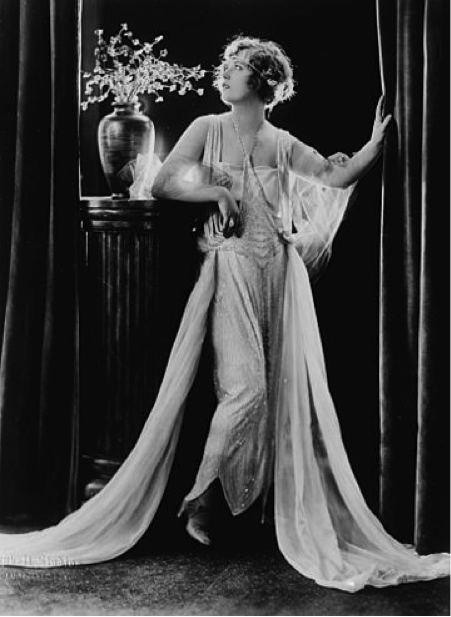
In the early 1920s, Davies played more flapper-like characters in films like the big hit enchantment (1921). The following year, Hearst would invest $1.5 million When knighthood flourished (1922), making it the most expensive film of its time. It was one of Davies’ real costume pictures, some of the others were Little old New York (1923) and Janice Meredith (1924). But Davies was beginning to embrace comedy, had a knack for timing and funny impersonations. Her turning point was likely Beverly by Graustark (1926), in which she plays a student who impersonates her cousin Prince Oscar in order to protect Greystrong’s threatened throne. She’s clearly enjoying the role, and she paved the way for her beloved comedies The Patsy (1928) and show people (1928).
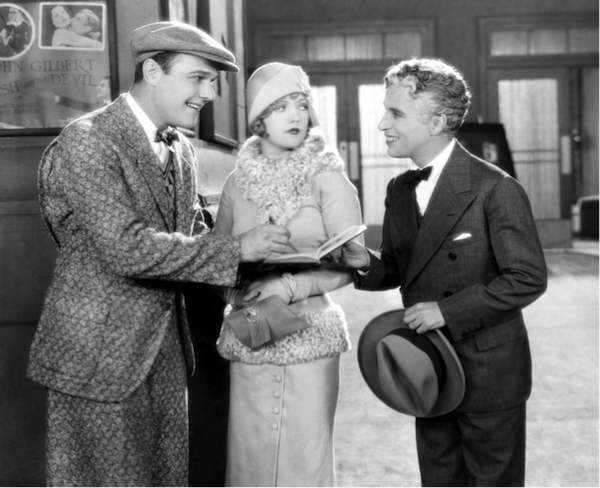
Though Davies didn’t take pictures, he did spend a lot of time with Hearst and openly lived with him — Millicent wouldn’t agree to a divorce. At the time, Hearst owned several expensive residences, including a 14-room beach house in Santa Monica and even a Welsh castle. But these were modest compared to his magnum opus, the Hearst Castle in San Simeon. Designed by Julia Morgan under Hearst’s close supervision, it was an opulent 115-room mansion set in acres of gardens, pools and guest houses. For 30 years, Hearst and Davies have hosted countless celebrities, from movie stars to royalty, often dozens at a time.
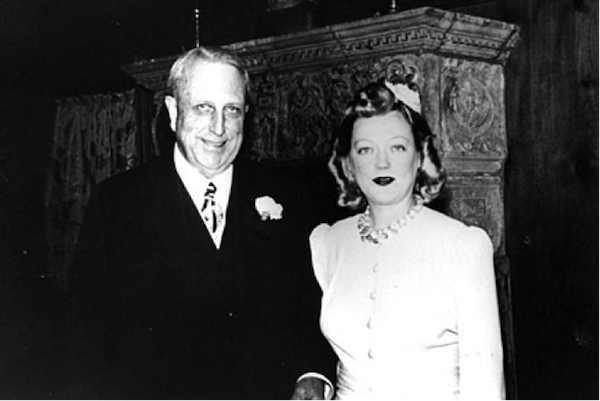
Off-screen, despite her undeniable privileges, Davies emerged as a rarity: a warm, humble and extremely generous woman who was dearly loved by her Hollywood peers. She made a large contribution to charity and also founded the Marion Davies Children’s Clinic. In the 1930’s she became more and more devoted to both Hearst and her charitable endeavors, although she was fortunate to find that her stutter didn’t bother her in making talkies. Your last film would be Since Eve (1937), published the year she turned forty.

As powerful as Hearst had been, his business began to dwindle in the ’30s and Davies eventually began helping him out of his own pocket. In the 1940s, his health also deteriorated and he and Davies left San Simeon for Beverly Hills. She was by his side when he died in 1951, although for the sake of his family she tactfully did not attend the funeral.
Although she eventually married a man named Horace Brown, it was not a happy union and they soon separated. Davies continued to focus on charity work, particularly funding the prevention of childhood illnesses. Her long history with alcoholism contributed to her declining health in the late 1950s and she died of jaw cancer in 1961. Numerous stars attended her funeral and she was buried in the famous Hollywood Forever Cemetery.
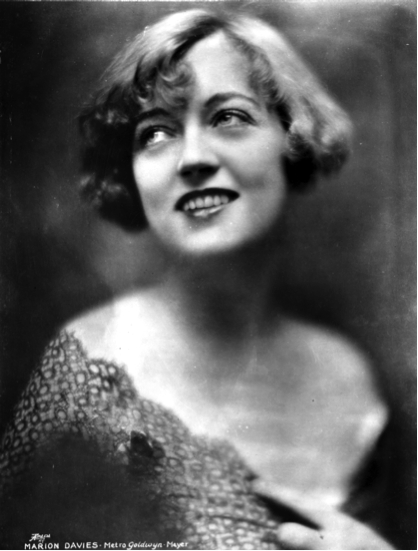
– Marion Davis
Marion Davies has long been close with Orson Welles’ Citizen Kane (1941), where she was considered the inspiration for the untalented singer Susan Alexander. This cast a shadow over her legacy that Welles himself tried to counter by saying, “She was the precious treasure of [Hearst’s] Heart for more than 30 years.” Thankfully, that shadow has lifted since the Davies films were made available. Steadily and not too slowly, she is reclaiming her rightful stature as the shining star and influential comedienne of the 1920s.
…
–Lea Stans for Classic Movie Hub
You can read all Lea’s Silents are Golden articles here.
Lea Stans is a born and raised Minnesotan with a degree in English and an obsessive interest in the silent film era (which she largely credits to Buster Keaton). In addition to blogging about her passion on her website, Silent-ology, she is a columnist for the Silent Film Quarterly and has also written for The Keaton Chronicle.









